Trees of St Croix
The topic of “trees” is more complex than it may initially appear. While both terms “native” and “indigenous” refer to trees that naturally occur in a specific area, “indigenous” emphasizes the cultural significance and relationship between the tree species and the indigenous peoples of that region. Trees are easily transportable, either seeds or seedlings, and the question arises – should a “heritage” site feature only native and indigenous species? If this were the case, the Grove Place Baobab tree, standing for over 250 years, would have to be excluded. I speak more on this in the section for non-native trees. Additionally, should palm trees be part of the selection? To sidestep this issue, I have created a separate category for “palms”. Also, there are “trees” that are not trees: True trees (typically dicots or gymnosperms) form concentric growth rings in their wood due to secondary growth from a vascular cambium whereas monocots do not produce true wood. They are included on this page in a section for Non Trees..
Moreover, how should plants such as Passion fruit, a vine requiring a host tree or trellis for support, be considered? If you have any objections or suggestions regarding the inclusions or exclusions, please feel free to email me, and I will respond promptly. I highly recommend visiting the St. George Village Botanical Garden to explore many of the trees mentioned here.
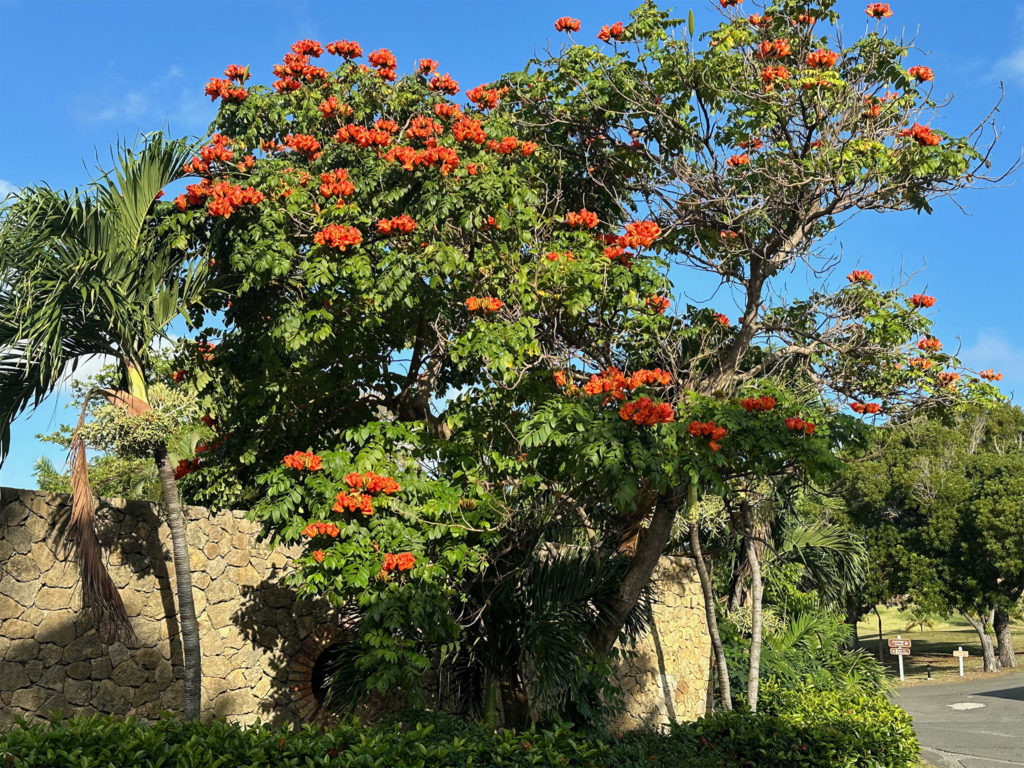


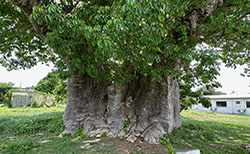

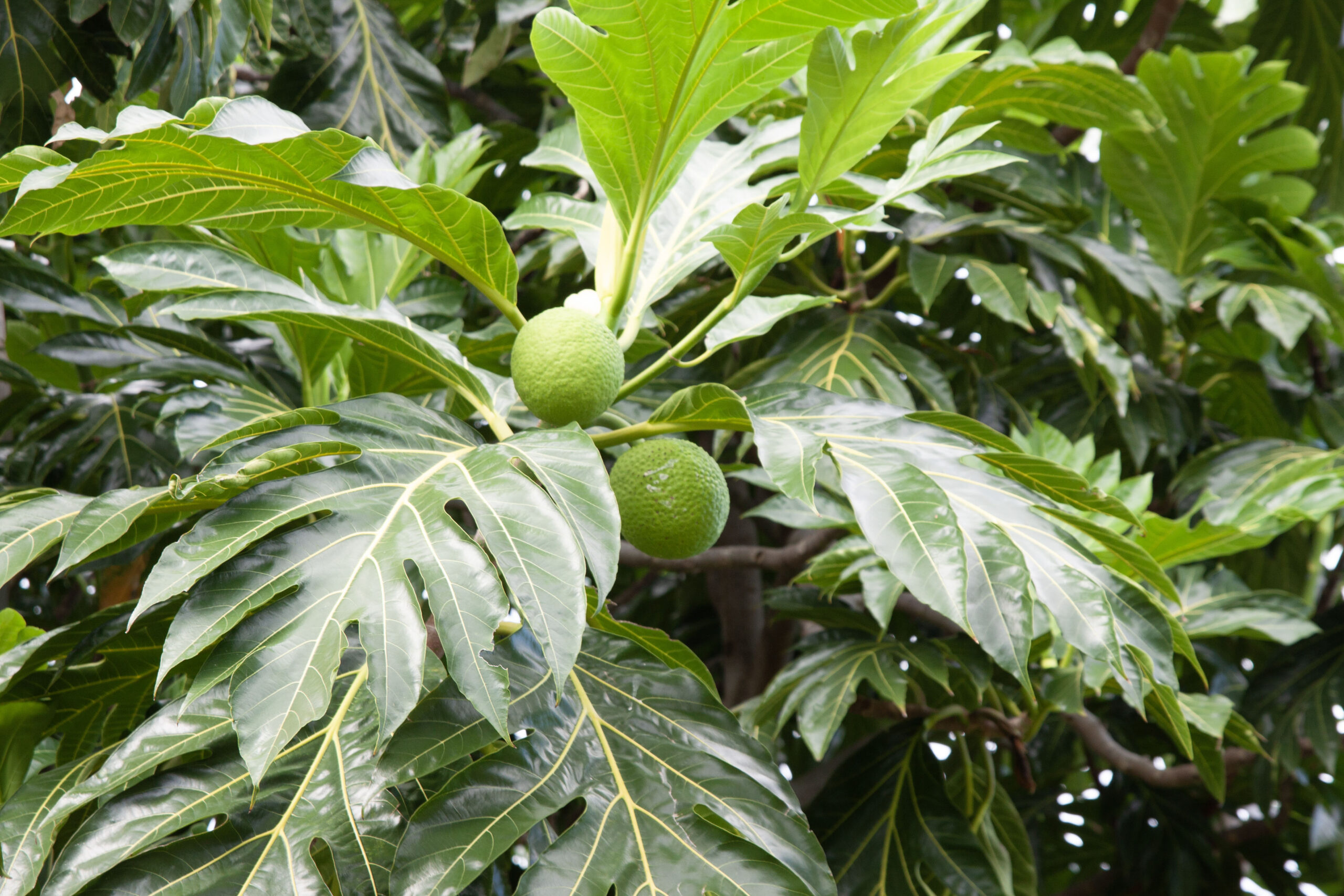

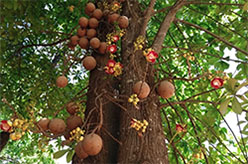


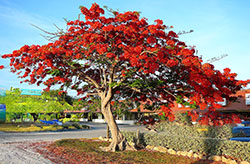







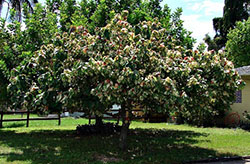
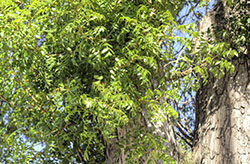



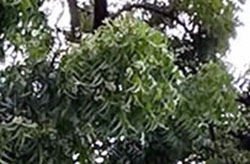


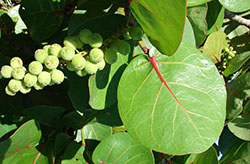












Non-native Species
The question of a tree being “native” to St Croix is one of serious consideration. For example: The West Indian Mahogany (Swietenia mahagoni) is known to be native to the Caribbean, but not necessarily to St Croix. The earliest recorded use of the wood is a date in 1514, carved into a rough-hewn cross in the Basilica Cathedral of Santa María la Menor in Santo Domingo, yet Olasee Davis claims the tree was introduced to St Croix in 1775. Just for interest, I give formal definition of the terms “native” and “indigenous”, but I give a very much wider latitude by allowing “native” to apply to any tree known to be present during Danish rule.
- Native:
- A native tree species is one that naturally occurs and has evolved in a particular region or ecosystem over a long period of time, typically without human intervention.
- Native trees are adapted to the local climate, soil conditions, and ecological interactions of their native habitat.
- They play a crucial role in the ecosystem, providing habitat and food for local wildlife, contributing to biodiversity, and often requiring less maintenance compared to non-native species.
- Indigenous:
- An indigenous tree species is one that is native to a specific region and is also culturally and historically associated with the people who have inhabited that region for a long time, often since time immemorial.
- Indigenous trees have deep-rooted connections to the traditional knowledge, practices, and beliefs of indigenous or native peoples.
- They may have significant cultural, spiritual, and economic importance to indigenous communities, being used for food, medicine, shelter, ceremonies, and other cultural practices.
- Non-native (introduced) species:
There are a huge number of non-native tree species on St Croix, with an environment where plants of all types thrive. So this list will expand over time. - Non-trees